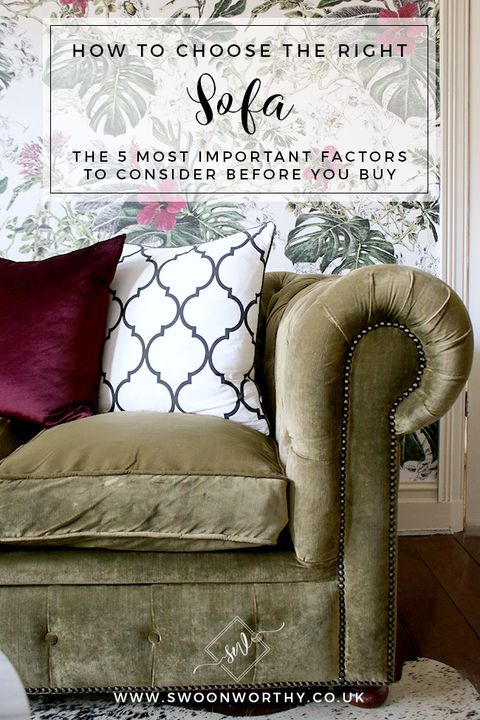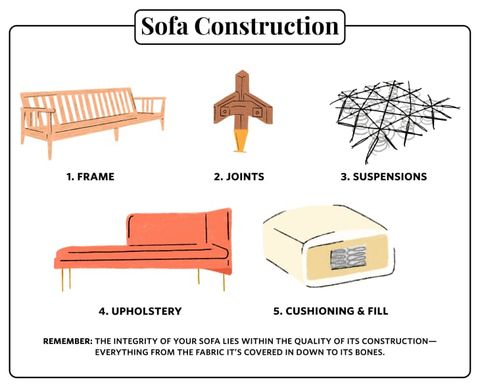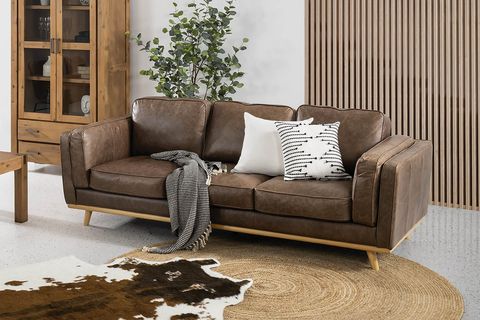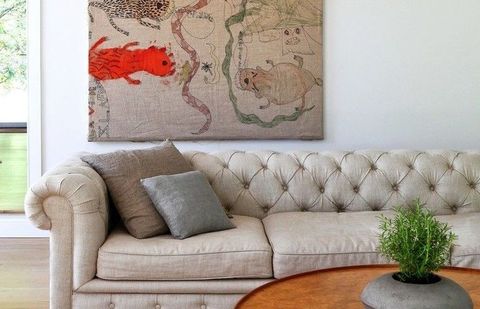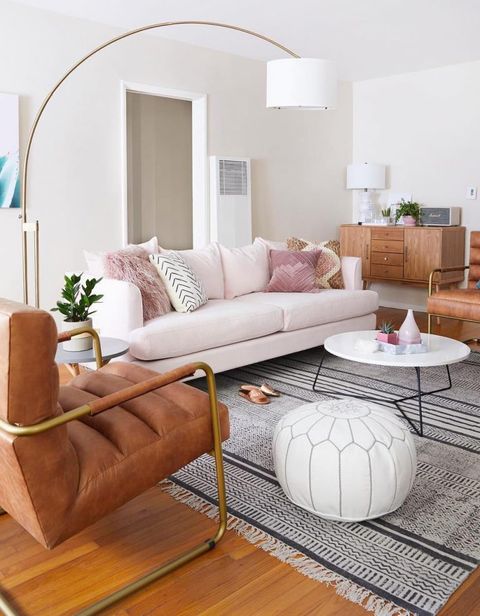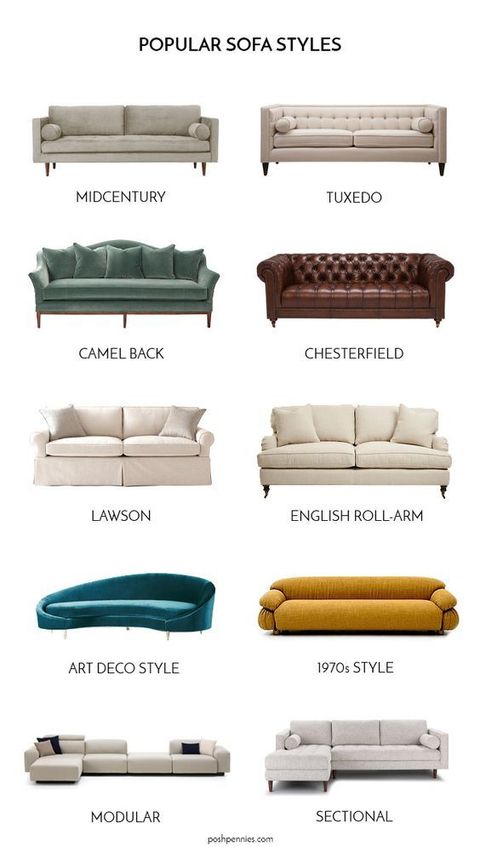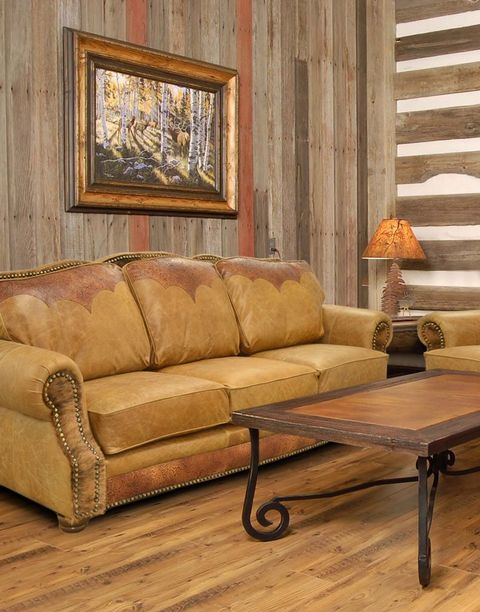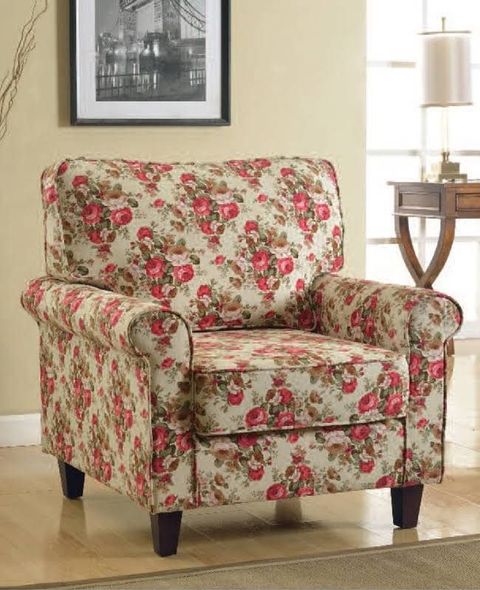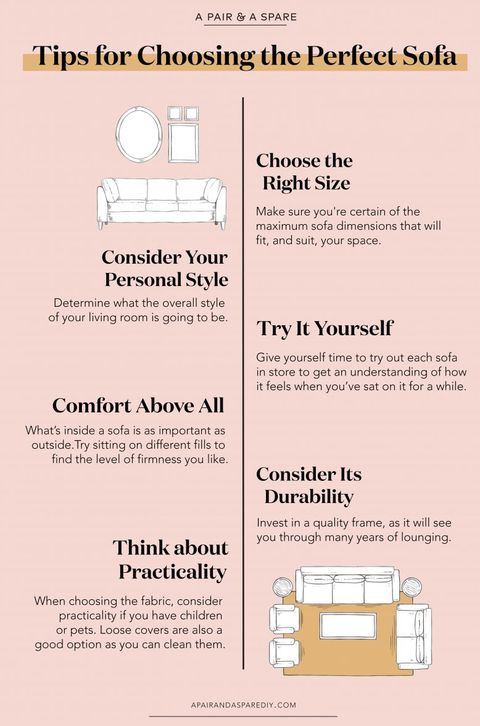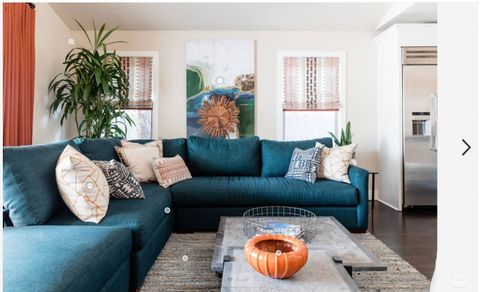We all know a sofa is more than just a place to sit. It’s the heart of a living room, the spot for movie nights, a cozy nook for reading, and sometimes even a guest bed in disguise. But what makes one sofa feel like a cloud and another like a park bench? It’s rarely just about the color or the price tag. There are layers of craft and consideration that go into creating a sofa that truly stands the test of time and delivers unparalleled comfort. Let’s pull back the curtain on those subtle, yet significant, elements that make a sofa genuinely great.
Think about the last time you sank into a truly magnificent sofa. Remember that feeling? It wasn’t just soft fabric; it was a whole experience. That’s because great sofas are built with intention, from the ground up. Many of us focus on the outward appearance – the style, the color, the pattern – but the real magic, the enduring comfort and resilience, lies in the unseen. It’s in the engineering beneath the cushions, the quality of the materials used, and the precision of the construction. This article is about uncovering those secrets, the hidden heroes of sofa design that make all the difference.
The Foundation: Frame and Support
The very bones of a sofa are crucial. A sturdy frame is non-negotiable for longevity and stability. Look for solid wood frames, ideally kiln-dried hardwood like oak, maple, or ash. Avoid particleboard or plastic frames; they might be cheaper, but they won’t hold up. The way the frame is joined matters too. Dovetail joints or corner blocks are signs of superior craftsmanship, offering robust support. A good frame prevents wobbling and ensures your sofa feels as solid years down the line as it does on day one. And how the springs are arranged? That’s another biggie. Eight-way hand-tied springs are the gold standard for even weight distribution and bounce, though sinuous spring systems can also be excellent if well-engineered. These provide that consistent, supportive feel without the dreaded sagging.
Cushion Comfort: The Heart of the Matter
Ah, the cushions. This is where much of the immediate comfort comes from, and there’s a surprising amount of science and artistry involved. What’s inside them? High-density foam offers a good balance of support and softness, and it’s more durable than low-density options. For that plush, sink-in feeling, down or feather fills are often used, sometimes mixed with foam cores for structure. However, these require regular plumping. Polyfiber fill is another option, offering a softer feel but can compress over time. The best cushions often combine these materials – a supportive foam core wrapped in a down or fiber blend for that luxurious touch. The depth and angle of the seat also play a huge role in how comfortable a sofa feels for extended periods. Is it too deep? Too shallow? Does it encourage you to slouch or sit upright? These subtle dimensions are key.
Upholstery: More Than Just Pretty
The fabric or leather you see is the most obvious part of a sofa, but its quality and how it’s applied are vital. For upholstery, durability is paramount. Look for fabrics with a high rub count (measured in Martindale or Wyzenbeek tests) if you expect heavy use. Natural fibers like cotton and linen offer breathability and a lovely feel, but can be prone to staining and wrinkling. Synthetics like polyester and microfiber are often more resilient and easier to clean. Performance fabrics are engineered to resist stains and wear, making them a smart choice for families or pets. The way the fabric is cut and sewn is also important. Seams should be straight and tight, and patterns should align perfectly across cushions and panels. Even the backing of the fabric – is it a good quality material that won’t fray or stretch? – makes a difference.
The Art of Construction: Stitching and Tailoring
Take a closer look at the stitching. Are the seams neat, even, and strong? Double-stitching or reinforced seams indicate a higher level of craftsmanship and contribute to the sofa’s longevity. Think of it like tailoring on a grand scale. A well-tailored sofa has clean lines, crisp corners, and fabric that fits snugly without pulling or bunching. This attention to detail prevents premature wear and tear and keeps the sofa looking sharp. Even the placement and type of zippers or fasteners are clues to the overall quality. Are they hidden, smooth, and robust? These small elements speak volumes about the care taken in its creation.
Design Nuances: Ergonomics and Proportion
Beyond the literal construction, there are design elements that profoundly impact how a sofa feels to use. This is where ergonomics comes in. The pitch of the backrest, the height of the armrests, and the depth of the seat all work together to create a supportive and comfortable seating experience. Does the sofa invite you to relax? Does it support your back properly? Proportion is also key. A sofa that’s too large for a room can feel overwhelming, while one that’s too small can feel insignificant. The visual balance and scale are just as important as the physical comfort. Even the choice of legs – their height, style, and stability – contributes to the overall aesthetic and functionality.
Testing and Durability Factors
Reputable manufacturers often subject their sofas to rigorous testing. While you might not see these tests in a showroom, understanding what to look for can guide your choice. This includes stress tests on the frame, wear tests on upholstery, and checks for colorfastness. The warranty offered can also be an indicator of a manufacturer’s confidence in their product’s durability. A longer, more comprehensive warranty often suggests better build quality and materials. Don’t shy away from asking about the materials used in the frame, suspension, and cushioning. Knowledge is your best tool in discerning true quality.
So, the next time you’re sofa shopping, remember to look beyond the surface. The true greatness of a sofa is woven into its very structure, from the strength of its frame to the quality of its filling and the precision of its tailoring. These unseen details are what transform a piece of furniture into a cherished centerpiece that offers comfort and style for years to come. By understanding these elements, you can make a more informed choice and invest in a sofa that doesn’t just look good, but truly feels good, day in and day out. It’s about finding that perfect blend of form and function, a testament to thoughtful design and superior craftsmanship.

